Diving in California
As humans, we often find ourselves drawn to activities, ideas, objects and places greater than ourselves. A beautiful sunset, getting a spaceship to Mars, finding ways to live a good life are all fulfilling characteristics of the human existence. Diving in California is no different. With the landscapes drastically changing from tip to tip, California offers divers an amazing view of the ocean in all of its wonder. A large number of divers find themselves drawn back into the cool waters time and again.
If there was something greater than ourselves, it would be the Pacific Ocean. The largest and deepest ocean on the earth, the Pacific consists of 60 million square miles and averages a depth of 13,000 feet; covering more than 30% of earth.¹ More amazing is the fact that humans have spent millions of years on earth and have yet to breakthrough the entirety of its exploration. With the extreme depth of the Mariana trench (7 miles deep by 1500 miles wide) and its overall vastness, there are many areas of our ocean that remain unexplored and fully understood by humans. As of 2015, there were 228,450 known species in the ocean with as many as 2 million more remaining a total mystery.² Scientists are still discovering species every single day! Greater than ourselves indeed.
The most common comment we find is "diversity". The protected waters found throughout Southern California create a region of diving that is so biodiverse that most divers are amazed at the amount of life found in the smallest areas. From a healthy nudibranch population to vast kelp beds, Southern California's aquatic life find abundant areas offer food sources and protection for thousands of species. These waters are teeming with life! On a single boat trip, you'll see tons of beautiful fish and fauna followed by schools of dolphins and flocks of birds hunting out in the ocean while on a surface interval.
Getting here - Southern California has some of the busiest airports in the world. From San Diego to Los Angeles, one may find a cheap flight at these international hubs to arrive and explore. Those divers interested in San Diego can visit such sites as Wreck Alley or the Point Loma Kelp beds for amazing shots and exploration of wrecks. Those arriving in Los Angeles can explore Catalina through the port of San Pedro/Long Beach/Dana Point or check out lobster diving favorites like Anaheim's breakwall! If you are looking to get closer to the action, the Santa Ana and Long Beach airports are smaller hubs that have direct flights throughout the region. From there, it's a quick jaunt to some of the most amazing diving Southern California has to offer. Dive sites like Diver's Cove, Heisler Park, Deadman's Reef litter the entire coastline and yearn for diver attention every single day!
If you are looking to truly explore, there are many untouched realms in Southern California. Technical divers are still finding deeper wrecks on a regular basis and trying to identify them for further exploration. For those not looking to go deep, the islands of San Clemente, Catalina, Coronados and much more are still under exploration. We've even got oil rigs that divers visit on a regular basis to discover new species and take amazing shots of the rigs and the abundance of life.
If you are looking for a truly amazing experience both top and bottom, Southern California needs to take its place on your bucket list. Hop on a plane, train or automobile and come on out!
The divers of Southern California would love to host you and your family on the next diving adventure!
About the Author:
D.J. Mansfield is a PADI Course Director who dives Southern California and has done so for 24 years. He is currently the Director of Operations for Beach Cities Scuba and is a committed ocean steward and trainer for divers all over the world.
Follow him on Instagram @djmansfield7 or contact him at dj@beachcitiescuba.com.
Did you know Beach Cities Scuba is a 100% AWARE partner? We are committed to supporting our ocean partners and creating a protected environment for sea life that includes responsible fishing practices and minimal human interaction. See how you can get involved today!





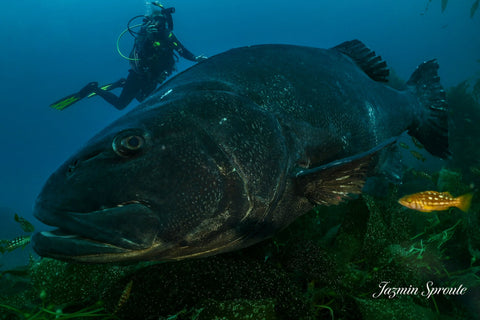
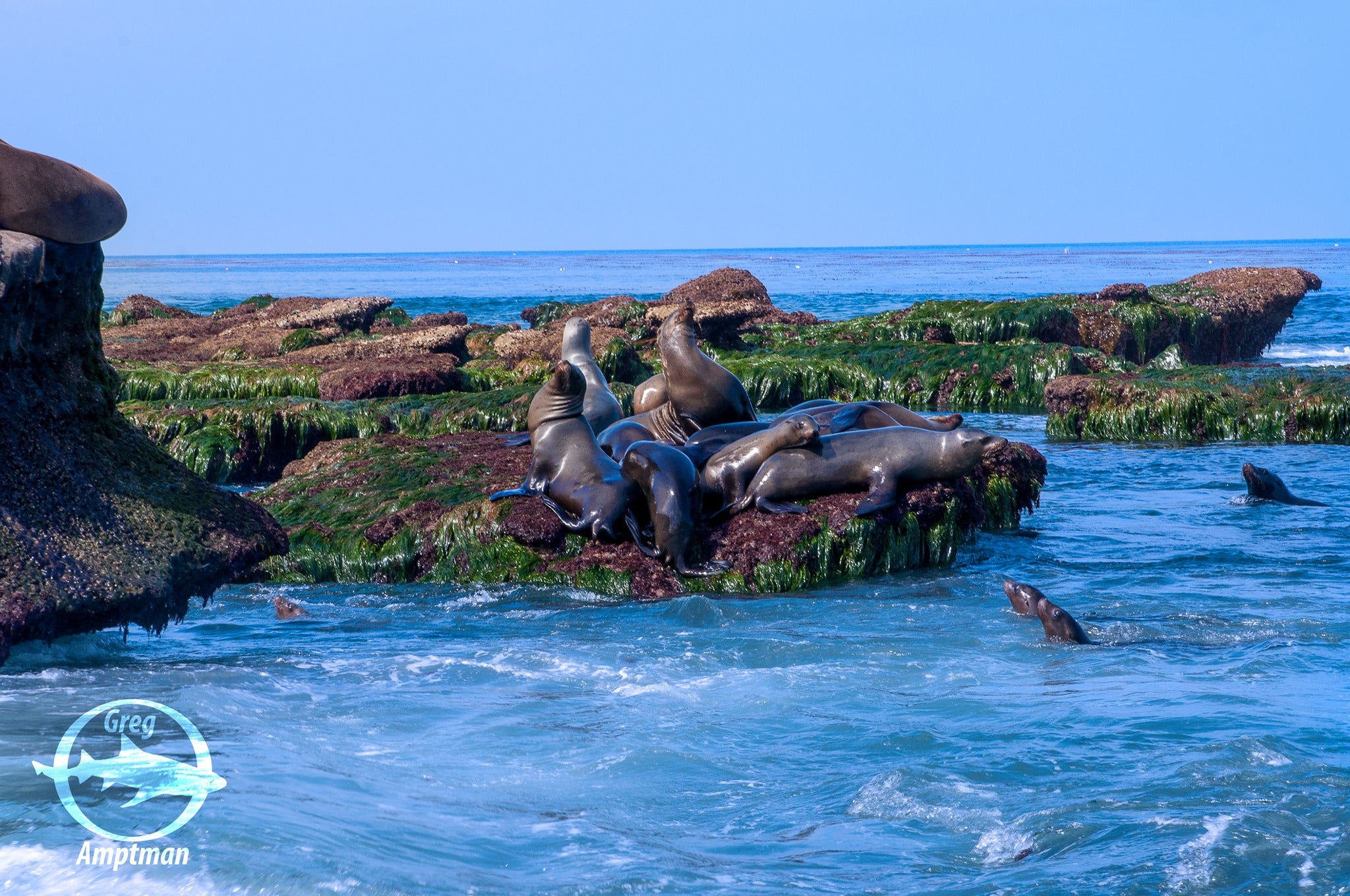
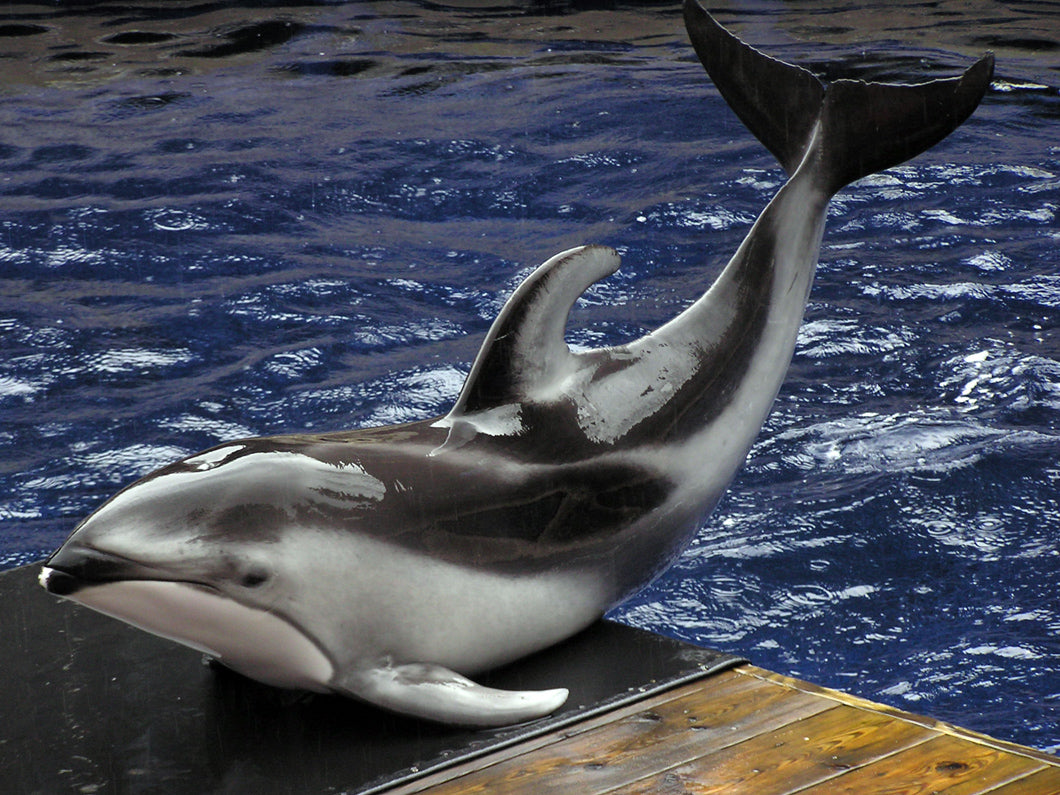





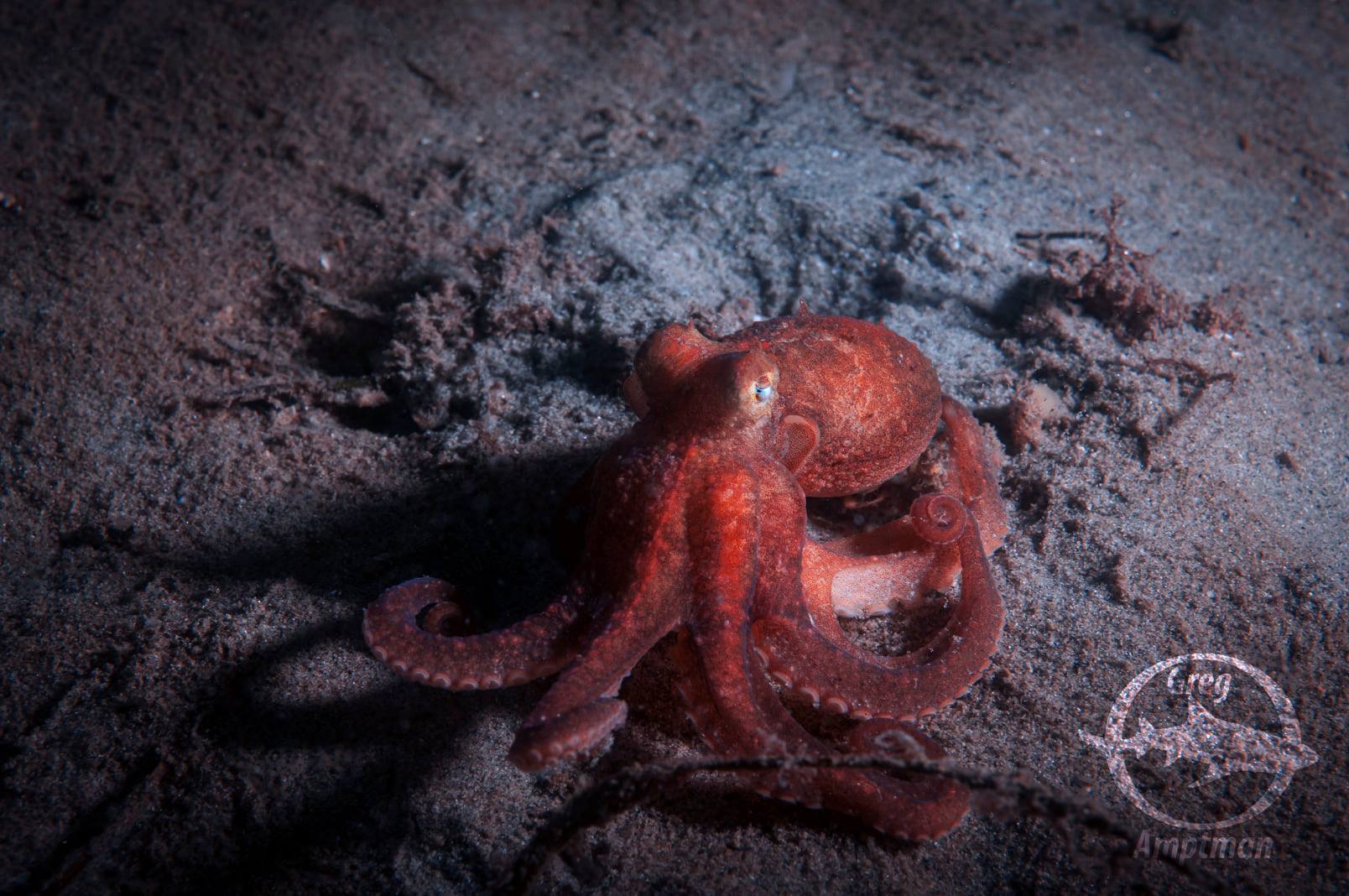
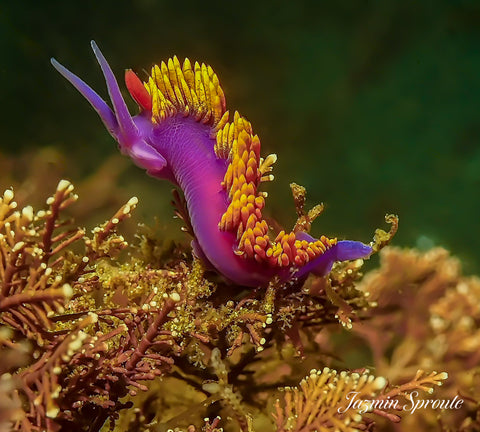





















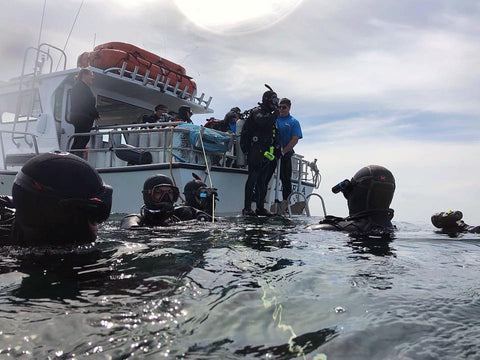 Divers preparing to descend on the ACE wreck.
Divers preparing to descend on the ACE wreck.


